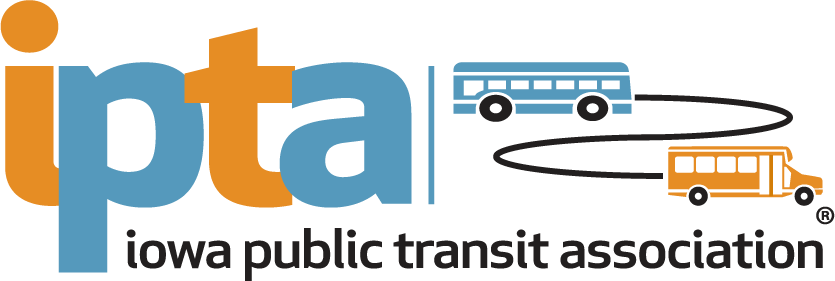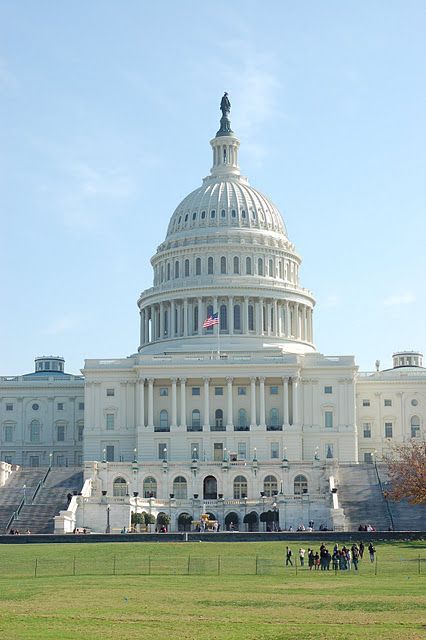LEGISLATURE
FEDERAL
With beautiful weather signaling the cherry blossom trees to start blooming, IPTA had another great DC Fly-In on March 20-21, 2025. Meeting with our Congressional and Senate staffers, IPTA addressed the importance of bus and facilities funding in Iowa with 52% of our fleet being over the useful life.
Here is an insider’s look for those that could not attend:
- Grant Processes – Talking with FTA, we are seeing promise of certain funds starting to move while others are under “Administrative Review." This is most likely due to not having leadership in FTA confirmed yet but will hopefully be done soon.
- Good Signals – The fact that there was a Continuing Resolution passed that kept the funding level with a 2% increase shows a best case scenario we could have hoped for right now.
- Future Funding – Hearing from CTAA, APTA, and Congressional leaders, there will most likely be cuts in funding for the FY26 Appropriation. We are hearing around $1 billion in cuts. We do not know whether that will be in rail, airport, or bus funding. Remember a few years ago our funding was at $13 billion and now is at $21 billion for perspective.
- Grant Language - With NOFOs coming out, pay attention to the language. Remember to highlight how your transit system is impacting workforce, economic development, and creating efficiencies.
We hope you join us at our next DC Fly-In; dates will be set soon for 2026.


